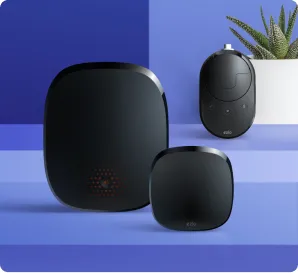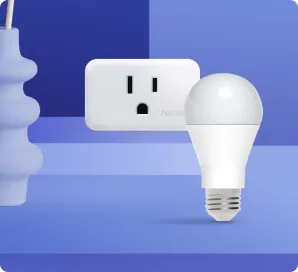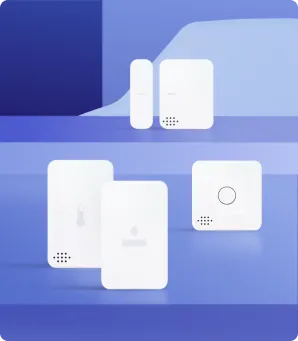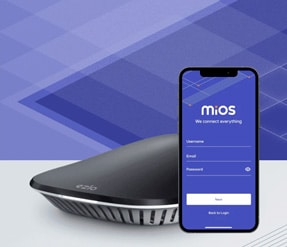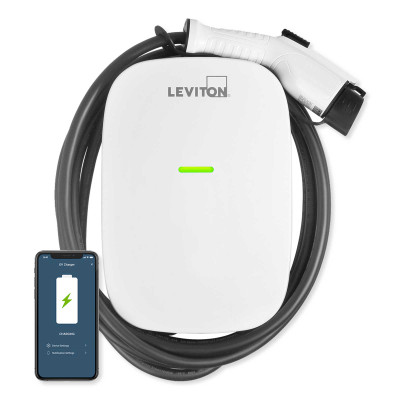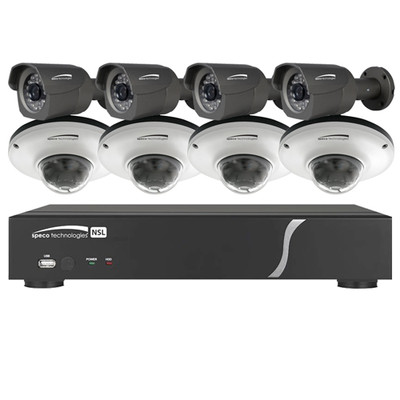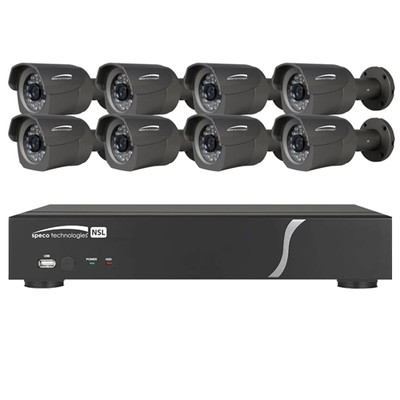Zigbee Vs Z Wave: What’s Your Choice?
Zigbee and Z Wave are two popular wireless home automation protocols that use mesh networks and allow communication between devices. Each protocol has its unique benefits and drawbacks, and by appraising Zigbee Vs Z Wave arguments, you can decide which one is better.
Zigbee and Z-Wave connect smart home products like thermostats, lighting, security systems, sensors, switches, and locks. They also create more extensive networks, including outdoor lighting, irrigation systems, appliances, and other connected devices. Zigbee and Z Wave are both protocols for wireless communication between devices. Both operate low-power radio waves, like Bluetooth and WiFi.
Both protocols are widely applicable wireless options in home automation. However, this article explores subtle differences that make each standard unique so you can make an informed decision.
Let us look at these protocols individually to analyze Zigbee Vs Z Wave better.
Zigbee
Zigbee is an IEEE 802.15.4-based low-cost, low-power, wireless mesh network standard. Zigbee does not define any specific data payloads for communication between devices. Instead, when a Zigbee device receives a message from another Zigbee device, it interprets it according to its knowledge of the higher layers.
Zigbee can support up to 65,000 devices and has a theoretical maximum range of 100 meters or 328 feet. It operates a 2.4 GHz band and several other technologies, including WiFi and Bluetooth.
Zigbee supports low data rates (20 kbps or 250 kbps) with ultra-low power consumption, making it ideal for battery-powered devices that need to communicate over long distances and still maintain long battery life.
Z Wave
Z Wave is an interoperable, wireless, RF-based communications technology for control, monitoring, and status reading applications in residential and light commercial environments.
Z Wave addresses the unique needs of remote control applications and allows low data rate communication among intelligent devices.
Z Wave products allow remote control of lights, locks, thermostats, sensors, and other devices through smartphones, tablets, or computers. It can accommodate up to 232 devices, sufficient for most smart homes.
Z-Wave has several features that make it ideal for wireless home automation:
- Low power consumption allows most Z Wave devices to operate on a single battery for years.
- High reliability ensures that devices will work properly after installation.
- The low cost makes Z-Wave technology affordable to all homeowners.
- Homeowners who want a DIY system can install Z Wave components in as little as an hour with no special tools or training required.
Zigbee Vs Z Wave: The Comparison
- The Zigbee protocol has been around for over a decade and has become the de facto standard for home automation, especially in Europe
- Z Wave came about in 1999, and in 2005, the U.S. Home Automation Market adopted it
- Both systems use mesh networking, which means that each device (or node) acts as a repeater, extending the range of the system to cover an entire house or building. Each node also acts as a routing device to ensure messages travel along the fastest routes possible
- Z Wave uses low-energy radio waves to communicate with each other at a rate of 908 MHz, while Zigbee uses 2.4 GHz radio frequencies, just like WiFi and Bluetooth devices
- A single Zigbee network can support up to 65,000 devices, while Z Wave’s limit is 232 nodes per single network
- Z-Wave has better penetration through walls, floors, and ceilings than ZigBee
- With that said, ZigBee can provide a better range between devices than Z-Wave does.
In general, Zigbee is more suitable for larger spaces and devices that frequently transfer large amounts of data. Z-Wave has a slightly higher latency time than Zigbee but uses less power and is better for smaller homes or apartments and devices that infrequently send small amounts of data.
Can Zigbee and Z Wave Work Together?
It’s clear that Zigbee and ZWave perform differently, but they don’t have to be mutually exclusive. Although there may be one better than the other in one situation, it doesn’t mean that they can’t work together. They only have different strengths and weaknesses depending on your needs.
Conclusion
There is no doubting the potential that home automation systems have. They can help you get the lights on, adjust temperature and even open and close your door in minutes through a swipe or click of a button.
When choosing a wireless technology for your project, you will most likely have to weigh Zigbee Vs Z Wave. What’s the difference? Which should you use?

